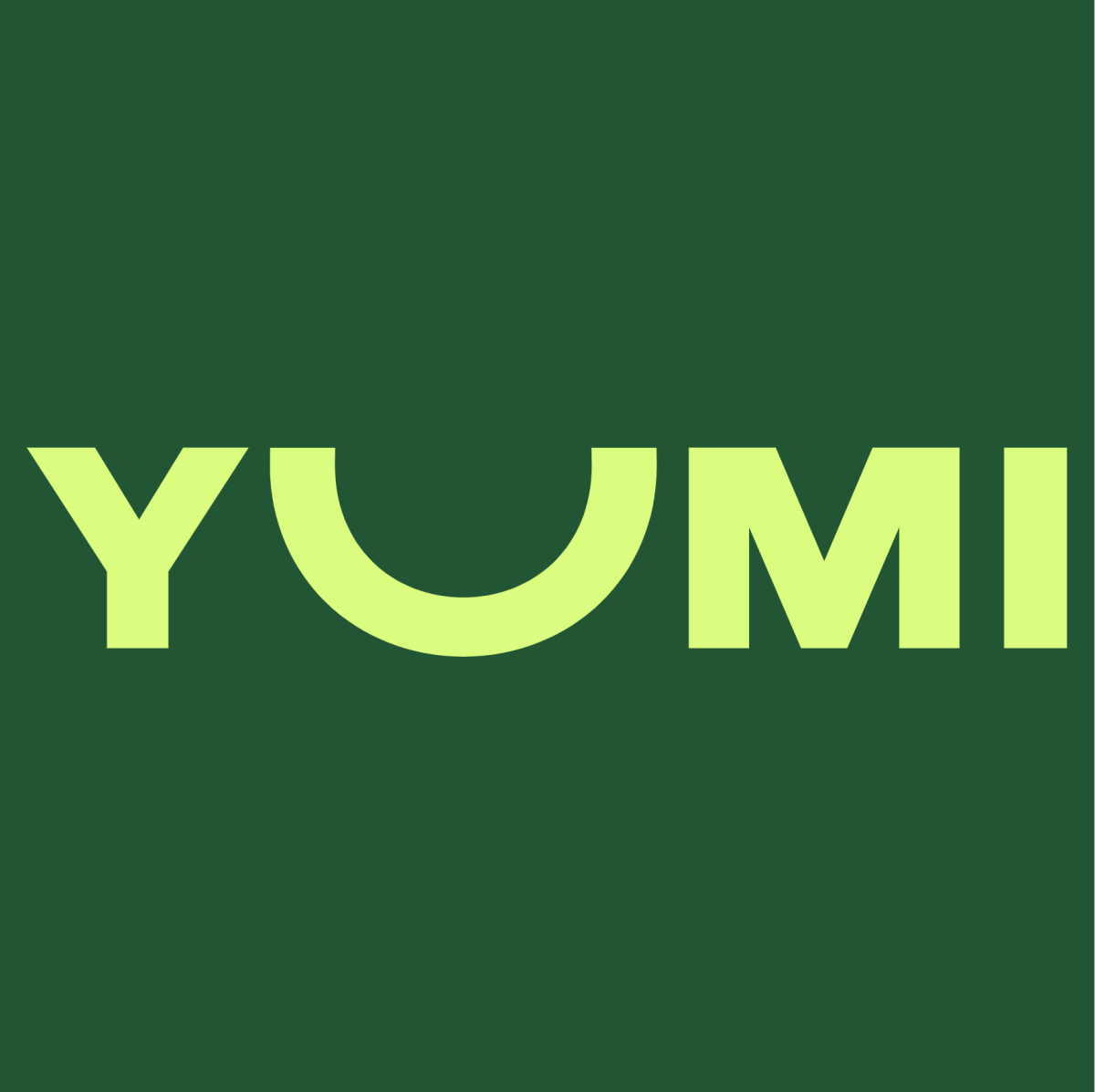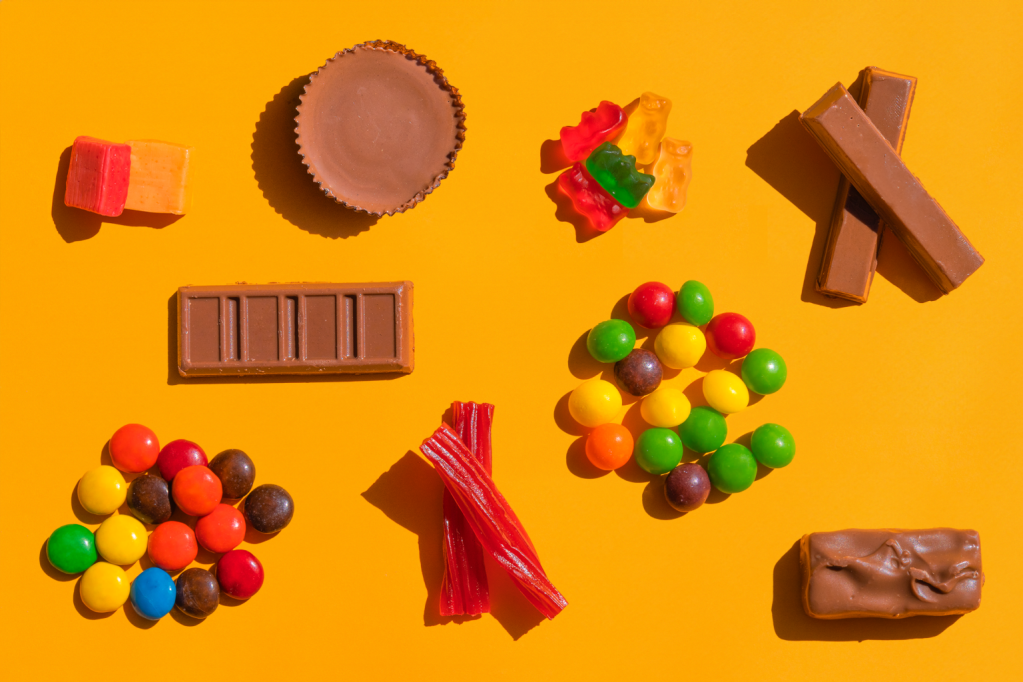When Can Babies Eat Different Foods: 5, 6, and 7 Months
One of the most important parts of your little one’s development and health is what they eat. Does it contain the nutrients they need to thrive? Does it contain any harmful substances or chemicals that might harm your little one?
How can you tell when your baby is ready to move on to solid foods and how do you know what to feed them? Don’t worry, parents. We’ve got you covered.
When your baby begins their solid journey, a lot of changes. They breastfeed less, the poop games change, and they grow in new and different ways. Their diets reflect this change by moving along with them!
Let’s talk about when your baby can eat different foods and what their diets will look like from 5 months and up.

Transition from Breast Milk to Solids
Breast milk is a wonderful way for mothers to provide their little ones with all the nutrition and calories they need during the first six months of life. As you first begin the transition to solid foods, don’t be discouraged if your baby doesn’t take to solids right away.
They may reject solids over a dozen times before they begin to feel comfortable. New tastes and textures are scary for babies, so remember to go slow and have patience.
It’s also important to remember that babies still need breast milk even after starting solids! Some mothers choose to breastfeed until 12 months old, and others choose to continue even longer. While this decision is up to you, your baby will still rely on breastmilk for a while after beginning solids. Don’t worry, we’ll talk about how much breastmilk they’ll need later!

Importance of the Baby Food Stages
One of the best ways to keep up with your baby’s diet is by using the baby food stages. The stages track what your baby can eat throughout their growth!
They’re usually broken up into three parts, but we break the stages into 8 to get a more detailed and accurate picture of the nutrients and consistency your babe needs.
Let’s look at the stages practically. Before eating solid foods, your baby has only known breast milk or formula, which is a thin consistency, single-ingredient food. When they start eating solid foods, it’s important to start with thin purees that are gentle on your baby’s tummy. This gradually introduces solids into their diets without hurting their tummies or being too difficult for their bodies to process.
As they get older, they will become more comfortable with solid foods, learn how to chew, and move from thicker purees to mashed foods such as mashed potatoes, sweet potato, green beans, butternut squash, peanut butter, avocados, bananas, and yogurt. Even finger foods like cereal, grapes, pasta, rice cereal, and cheese are good starter foods.
Using a food processor or blender can help mash up tougher foods, making it not a choking hazard for your little one. Baby food stages reflect each one of these changes and make sure your little one is getting the nutrition they need along the way to help your baby’s digestive system.

How to Know When Your Baby is Ready
It’s also important to know when your baby is ready to eat solid foods! Most babies begin their solids’ journey anywhere from four months to six months, but every baby is different. There is no one-size-fits-all, so here are some signs and cues to listen for that will help you know when your babe is ready for those first bites.
First, make sure your little one can support their own head. This is important for swallowing and eating in general. If your baby can’t hold their own head up, they won’t be able to sit in a chair and eat during mealtimes.
Next, look for signs that your baby is ready by watching when they open their mouth. Do they open their mouths when food Is near? Do they reach for food when you’re eating or seem to want food when it’s near? If so, they’re probably ready to start the transition. If they don’t seem interested, don’t force it. They’ll be ready when they’re ready.
When your baby no longer has their tongue-thrust reflex (when they push food out of their mouth with their tongue), they might be ready to start solids.
Another sign that they’re ready for solids is whether your baby can move food to their mouth. Can your little one move their hand or a spoon to their mouth? If you choose to feed your baby using a baby-led weaning method, they will need to be able to move the food into their own mouth.
Even if you don’t follow baby-led weaning, this is still a helpful sign that your babe is ready for solids.
Finally, before you begin solids, it’s important to make sure your babe weighs enough! It’s always a good idea to talk to your pediatrician before beginning solids, so be sure to ask about weight and closely monitor their growth.
Most babies should weigh around 13 pounds or double their birth weight when they begin solid foods. Babies achieve this weight anywhere from four to six months, so don’t be alarmed if it takes your little one longer to gain weight.
Tips for Starting Solids
Here are some of our favorite tips for when your babe first starts solids:
- Start simple. Baby food should always be simple. Too many ingredients can cause discomfort and be difficult for your baby to metabolize and process at first.
- Avoid added sugars and salts. There’s simply no need to add sugar or salt to baby food. Even single-ingredient purees contain flavor when they’re grown organically. Some companies offer fruit juices for babies, but these contain added sugars. Fruit juices more harm than good by increasing your child’s preference for sweets and negatively affecting their health.
- Avoid food like raw vegetables (example: spinach), hot dogs, popcorn, honey, whole grains, and nuts.
- Invest in some good bibs. You’re going to need them.
- Listen to your baby. If they’re hungry, it’s feeding time!

4 Month and 5 Month Baby Food
During the 4 to 5-month age, your little one can start eating solids. However, most babies aren’t ready at this age. Be sure to listen to their cues and talk to your doc if you’re unsure. If your babe does seem ready, it’s time to dive right in with stage 1 foods!
4-month baby food and 5-month baby food include the single ingredient, thinner purees that provide the nutrients your baby needs while being gentle on their tummies.
You can feed them up to three meals a day of baby food purees and 4 to 6 breastfeedings as well, adding up to 28 or 32 ounces of breast milk a day.
If your little one isn’t ready to begin solids, keep feeding them up to 32 ounces of breastmilk a day! This adds up to a max of six feedings per day.

6 Month Baby Food
At 6 months, your little one can begin eating solid foods if they haven’t already! Continue to feed them single ingredients, thin purees like a Zucchini puree or a Peach puree. These are gentle on your baby’s tummy while providing the nutrients they need to fuel development and growth.
They can also eat stage 2 foods when they’re ready for thicker purees and blends. These are still single-ingredient purees, but they are thicker and prepare your baby for mashed foods. Be sure to give enough time in between each stage. Your baby’s gut biome is developing and changing to accommodate and metabolize thicker foods.
To support their gut, introduce each stage gradually and only once your baby is ready.
During this time, it’s important to continue breastfeeding as well. They can have 28 to 32 ounces per day in 4 to 6 separate feedings.

7 Month Baby Food
Your baby can move up to two-ingredient purees! By this time, their tummies have gotten used to solid foods and are ready to process thicker blends with multiple ingredients.
At 7 months, your baby is doing a lot of growing. Their muscles are growing, their bones are getting stronger, and their emotional intelligence is undergoing a lot of development. By feeding them nutritious foods, you can fuel this development and make sure they have all they need to grow and thrive.
As far as breastfeeding goes, you can give your baby 3 to 5 feedings per day, or up to 32 ounces. As they eat more solids, their breast milk intake will go down, so don’t be surprised if they want less breast milk and more solid food.

Summary
The first few months of solids can be a whirlwind to get through. We’re here for you every step of the way.
From deciding what food to give your baby to choose a plan that fits your life the best, our tools and resources can help you make educated decisions about what’s best for your baby.
Let us do the hard work so you can spend more time soaking in the sweet moments with your precious babe. Check our Yumi meal plans here to learn how you can subscribe and get nutritious baby food delivered right to your door when you need it.









